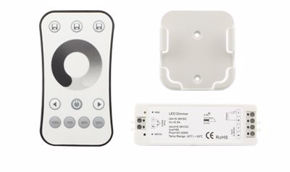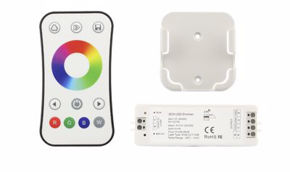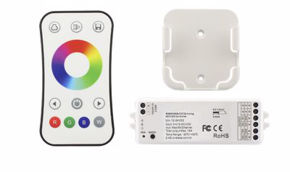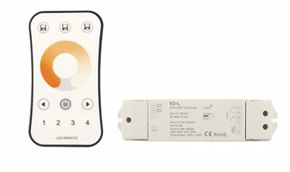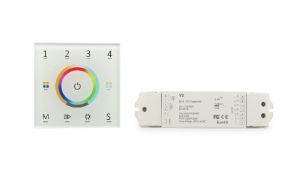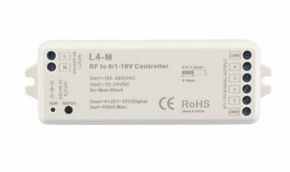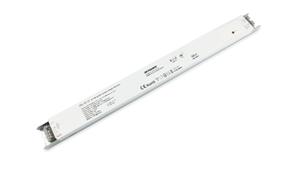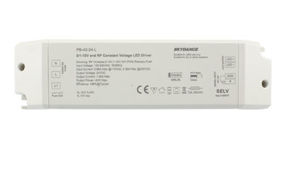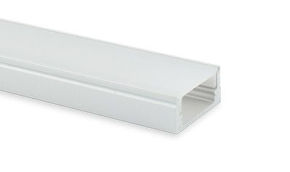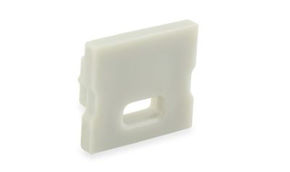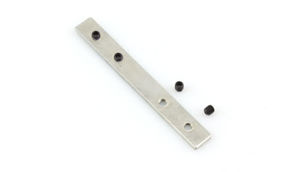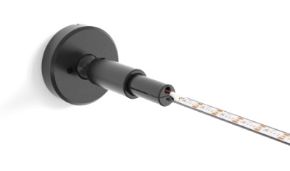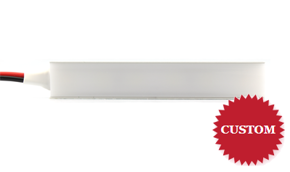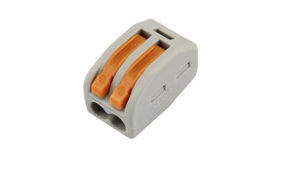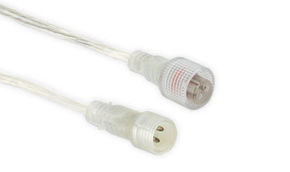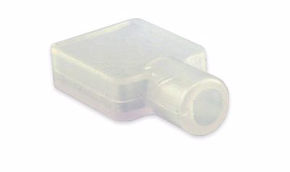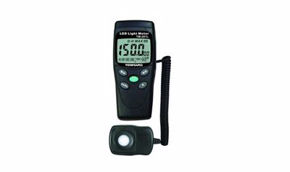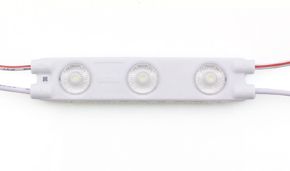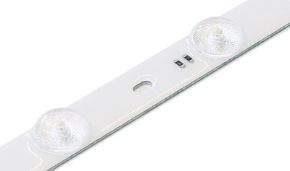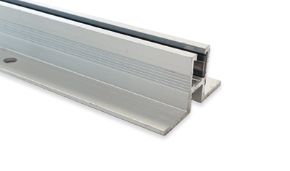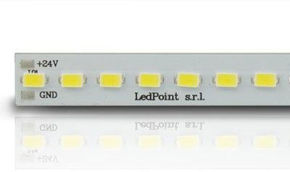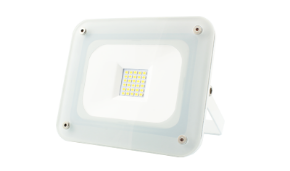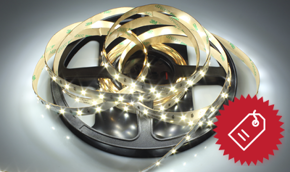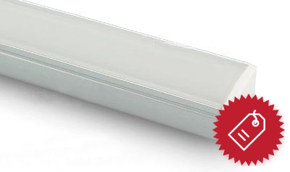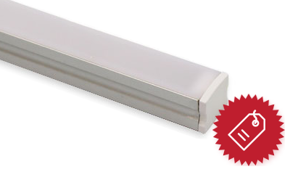Step MacAdam and CCT
Several factors can affect the accuracy and uniformity of light, such as the quality of the LED chip, the method of light production, the colour temperature and the type of brightness control. As such, one of the main challenges one comes across when designing the strip is to ensure precise and uniform colour reproduction. The 'Step McAdam' concept, named after the American scientist David L. MacAdam, is the best and most recognised methodology for assessing the colour accuracy of LED lights among those currently in force.
The method involves dividing the CIE 1931 colour space into steps, with each step representing one unit of variation in the colour difference between two samples. In general, higher colour accuracy corresponds to a lower number of steps on the McAdam step scale. For example, an LED light with a colour accuracy of 3 McAdam Steps is normally considered precise and suitable for many applications, while a strip whose light corresponds to 5 or more McAdam Steps appears less precise and therefore less versatile for various contexts of use.
According to this standard, the different white tones, called CCT (correlated colour temperature), are the parameter that describes the colour appearance of a white LED. It is a measure of light quality which influences the visual perception and atmosphere of the illuminated environment.
CCT is a parameter based on the concept of a black body, an ideal object that emits light radiation depending on its temperature. The hotter the black body, the more blue its light tends to be; the colder it is, the more red it tends to be. CCT is expressed in degrees Kelvin (K), the same unit used to measure thermodynamic temperature.
For white LEDs, the CCT varies depending on the combination of coloured LEDs or phosphors used to produce the white light. In general, three types of white LEDs can be distinguished:
- Warm light LEDs: they have a CCT between 2200 and 3500K and produce a light similar to that of incandescent or halogen lamps. They are suitable for creating cosy and relaxing environments.
- Neutral light LEDs: have a CCT between 3800 and 5300K and produce light similar to natural daylight. They are suitable for working environments or common spaces.
- Cold light LEDs: have a CCT from 5500K up to even 10000K and produce a light similar to neon or clear sky. They are suitable for technological or outdoor environments.
The CCT of LEDs can also vary depending on the voltage and current applied to the device. Dimming the LED can cause a change in the wavelength of the light emitted by the blue chip at the heart of the white LED, thus changing its CCT. For this reason, it is important to choose the right driver for your LED and check the manufacturer's specifications.













